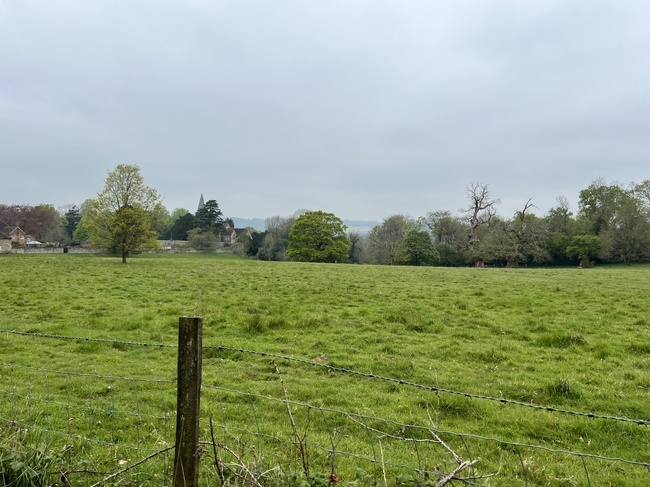Recent changes to the National Planning Policy Framework (NPPF), which oversees England’s planning system, represent a significant move towards addressing the nation’s housing challenges. However, Nicole I. Guler, a chartered town planner at Urbanist Architecture, warns that these revisions come with complexities and potential risks.
As England continues to face a persistent housing crisis, the revised NPPF aims to unlock new opportunities for development. Despite this, Nicole I. Guler cautions that these changes may not be the all-encompassing solution they seem to promise. While Labour’s proposals for the Green Belt have faced criticism for being limited in scope, Guler suggests that the newly introduced Grey Belt reforms within the NPPF could either support or derail the country’s housing strategy.
“The recent revisions to the NPPF and the introduction of the Grey Belt are indeed steps in the right direction,” acknowledges Guler. “However, these changes come with caveats that must be critically examined. While defining the Grey Belt—which includes previously developed land and areas within the Green Belt that contribute minimally to its key purposes—is a positive development, the definition remains too broad and open to subjective interpretation. This ambiguity could lead to significant inconsistencies across regions, potentially exacerbating the very disparities these reforms are intended to address.”
Guler, whose new book ‘Green Light to Green Belt Developments’ offers an in-depth exploration of the challenges and opportunities associated with Green Belt land, highlights the complexities of managing this sensitive issue. “On a strategic level, nearly all Green Belt land contributes significantly to at least one of its key purposes, whether it’s preventing urban sprawl, protecting the countryside from encroachment, or preserving the setting and character of historic towns,” she explains. “The difficulty, however, is that land which might seem to have a ‘limited contribution’ on the surface could play a crucial role in maintaining the broader functions of the Green Belt. This lack of clarity is likely to result in a fragmented approach to land development, with some regions aggressively pursuing Grey Belt land releases while others resist, leading to an uneven distribution of new housing projects across the country.”
In addition to these concerns, Guler highlights the potential issues with reinstating the five-year housing land supply requirement. While this measure is intended to boost housing delivery, it could also shift power towards developers, especially in areas with outdated local plans. “This could result in developments that are more developer-driven than community-focused, potentially leading to uniform housing estates that fail to integrate properly with local infrastructure or address the specific needs of the community,” she warns.
“The focus on maintaining a sufficient housing supply is crucial, but without proper checks and balances, there’s a risk of encouraging developments that prioritise quantity over quality. Equally important is a commitment to high-quality housing design and the creation of sustainable communities. Simply increasing the number of houses isn’t enough; we must prioritise good design that integrates with the local context, enhances the public realm, and promotes long-term sustainability. Only by balancing these elements can we ensure that new developments contribute positively to the character of our towns and cities.”
Guler also raises concerns about the financial viability of projects under the new “golden rules” for developing on Grey Belt land. These rules, which include a requirement for 50% affordable housing and necessary infrastructure improvements, are commendable but may be difficult to implement. “The success of these initiatives will depend heavily on the ability to balance these requirements with the economic realities faced by developers, particularly in regions where land values and construction costs vary significantly,” she explains. “Without a carefully considered approach, these well-meaning rules could either halt development altogether or lead to compromises that undermine their intended public benefits.”
Guler concludes by emphasising, “Changing planning regulations to facilitate the construction of 1.5 million new homes is an ambitious goal. However, without strict guidelines and a fair approach across all regions, this ambition risks falling short. To truly tackle the housing crisis while preserving the unique qualities of the Green Belt, it is essential that these reforms are implemented with both precision and flexibility, ensuring that development meets the highest standards of design and sustainability.”


